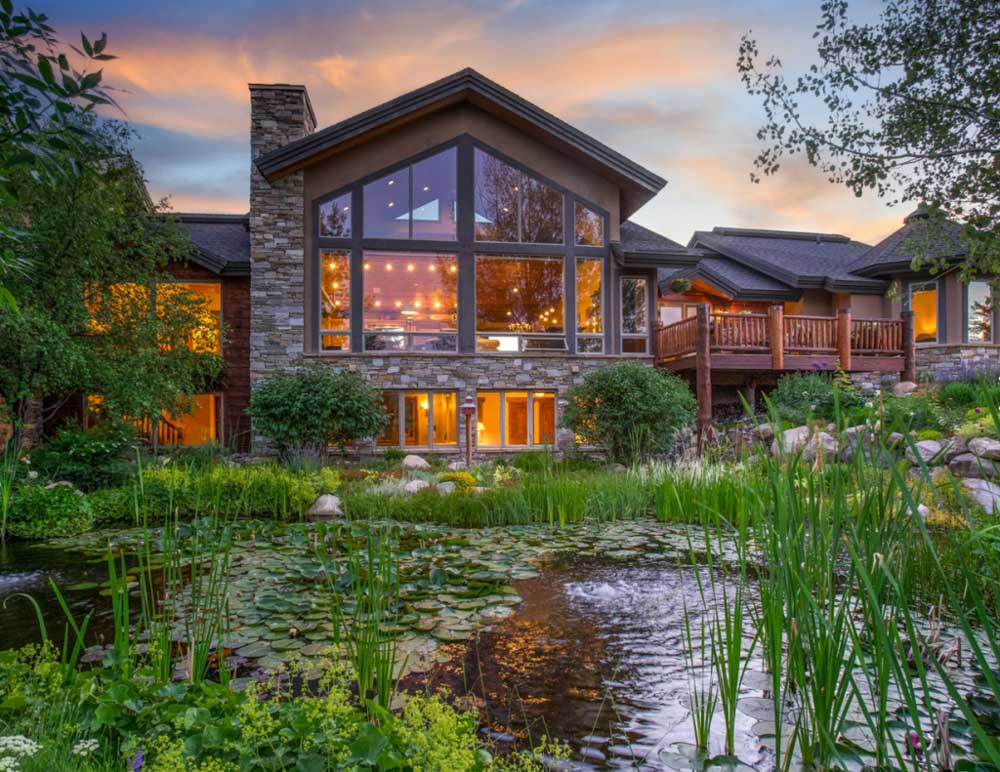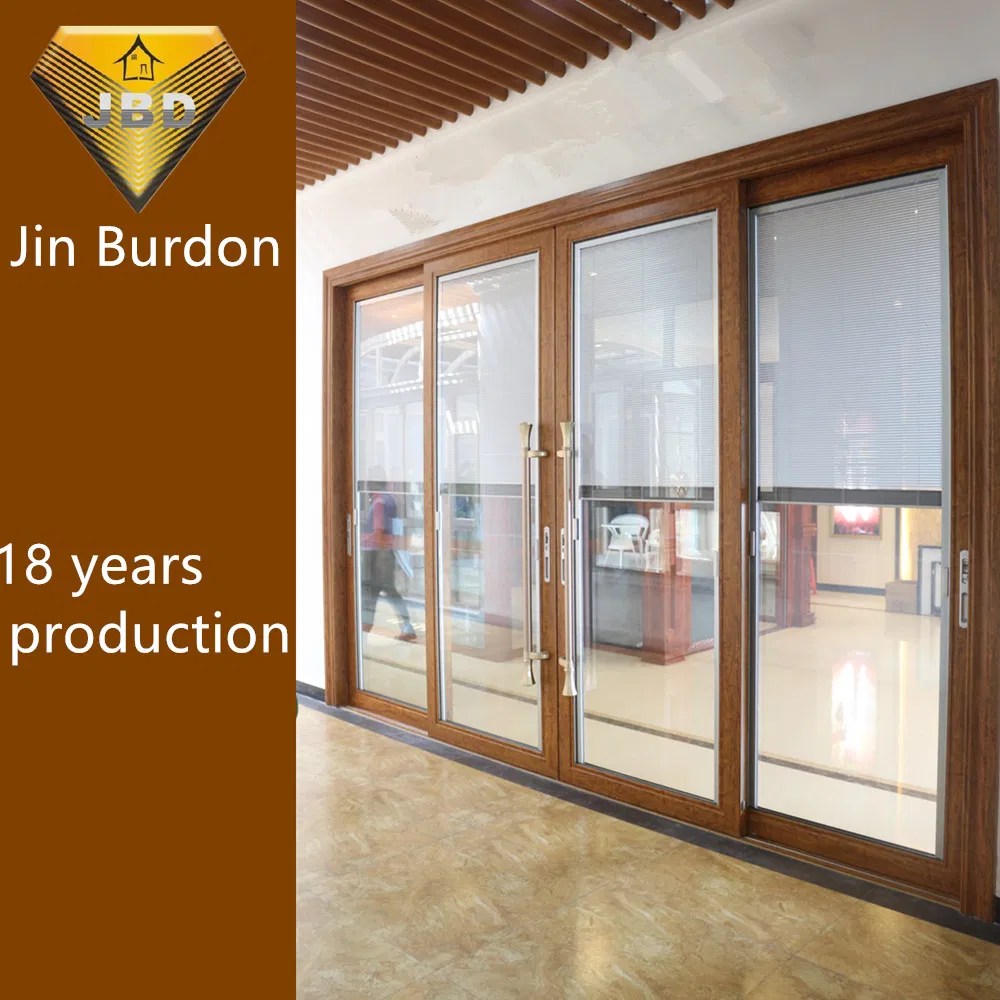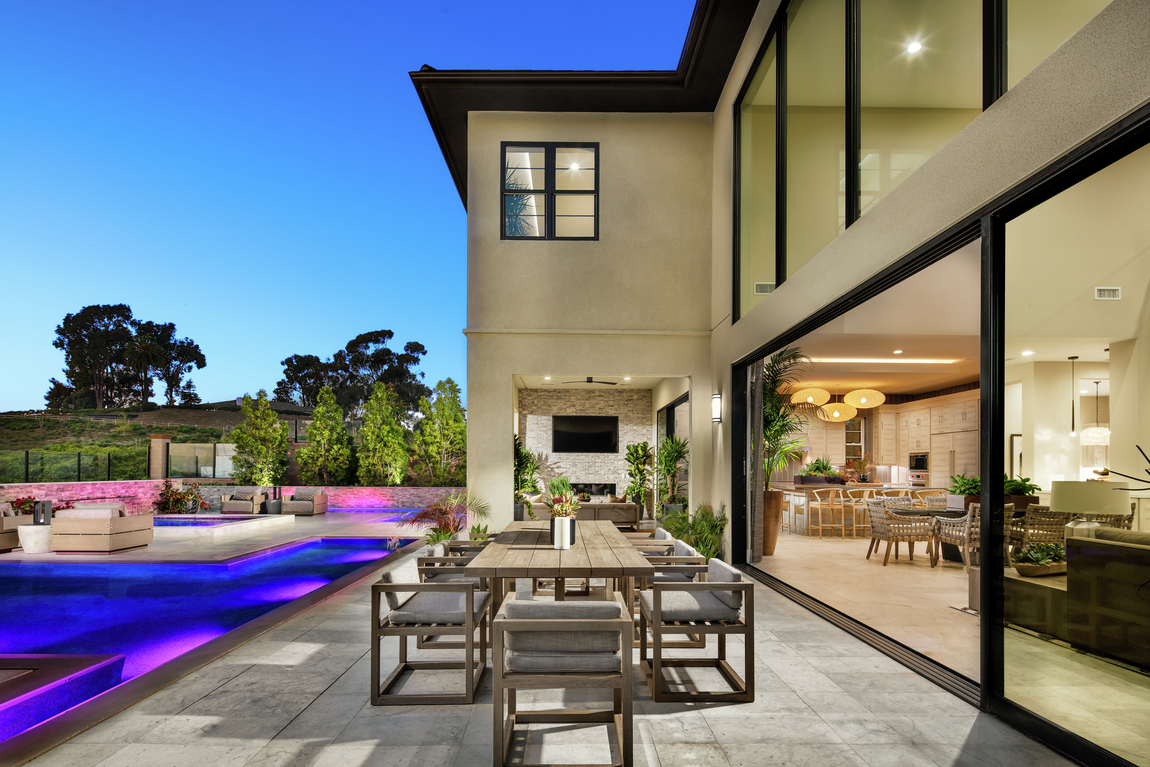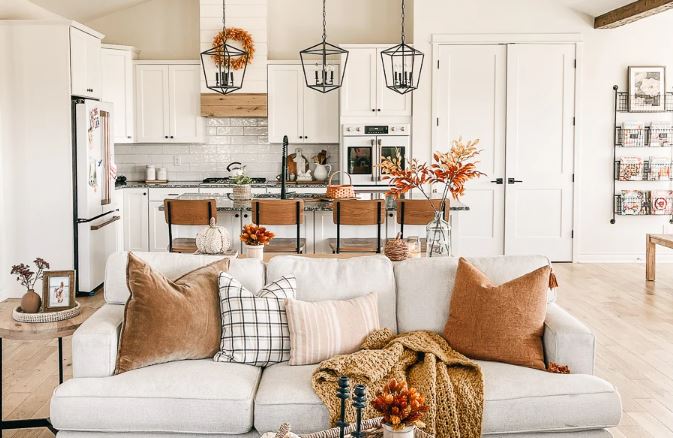The exterior of your home is the first thing visitors notice, making it essential to ensure it reflects your style and personality. Whether you’re planning to sell your home or simply want to enhance its aesthetics, a well-thought-out exterior redesign can make a significant difference. In this comprehensive guide, we’ll explore various aspects of home exterior redesign, from choosing the right materials to incorporating landscaping elements. Get ready to transform your home’s curb appeal and make a lasting impression.
Home Exterior Redesign: Assessing Your Current Exterior
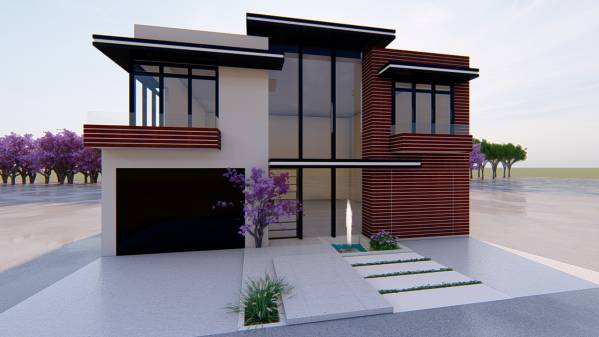
Before diving into the redesign process, it’s crucial to evaluate your home’s current exterior. Take a walk around your property and identify areas that require attention. Note any structural issues, peeling paint, or outdated features that need updating.
Pay close attention to the roof, siding, windows, doors, and landscaping elements. Taking stock of your home’s existing condition will help you prioritize tasks and set a budget for your redesign project.
Setting Design Goals
Once you’ve assessed your home’s exterior, it’s time to set design goals. Consider the overall style you want to achieve—whether it’s modern, traditional, rustic, or something else entirely. Take inspiration from architectural styles that resonate with you and incorporate elements that complement your home’s existing features.
Additionally, think about practical considerations such as energy efficiency, maintenance requirements, and budget constraints. Clearly defining your design goals will serve as a roadmap throughout the redesign process.
Choosing Exterior Materials
Selecting the right materials is crucial for achieving the desired look and ensuring longevity. When choosing materials for your home’s exterior, consider factors such as durability, weather resistance, and aesthetic appeal. Common options include:
- Siding: Choose from a variety of materials, including vinyl, wood, fiber cement, and brick. Each material offers unique benefits in terms of appearance and maintenance.
- Roofing: Opt for roofing materials that complement your home’s architectural style while providing adequate protection against the elements. Popular choices include asphalt shingles, metal roofing, clay tiles, and slate.
- Windows and Doors: Invest in high-quality windows and doors that enhance both the aesthetics and energy efficiency of your home. Consider factors such as material, style, and insulation properties.
- Trim and Accents: Pay attention to details such as trim, shutters, and accents, as they can add character and visual interest to your home’s exterior. Choose materials and colors that complement the overall design scheme.
Home Exterior Redesign: Enhancing Architectural Features
Highlighting your home’s architectural features can significantly enhance its curb appeal. Whether you have a charming porch, distinctive rooflines, or elegant columns, there are several ways to accentuate these elements:
- Lighting: Install outdoor lighting fixtures to illuminate key architectural features and create a welcoming ambiance. Consider options such as wall sconces, pendant lights, and landscape lighting.
- Trim Work: Add decorative trim work or molding to emphasize architectural details such as windows, doors, and eaves. Choose trim styles that complement your home’s overall design aesthetic.
- Landscaping: Incorporate landscaping elements such as flower beds, shrubs, and trees to frame your home and draw attention to its architectural features. Pay attention to scale, balance, and seasonal interest when planning your landscape design.
Color Selection and Coordination
Choosing the right colors can significantly impact your home’s exterior appearance. When selecting paint colors for siding, trim, doors, and other elements, consider factors such as:
- Architectural Style: Choose colors that complement the architectural style of your home. For example, a Victorian-style home may look stunning with a bold color palette, while a modern home might benefit from a more minimalist approach.
- Neighborhood Aesthetics: Take cues from neighboring homes to ensure your color choices harmonize with the surrounding environment. While you want your home to stand out, it should also blend seamlessly with its surroundings.
- Natural Surroundings: Consider the natural landscape surrounding your home, including trees, foliage, and terrain. Choose colors that complement these elements and enhance the overall visual appeal of your property.
- Personal Preference: Ultimately, your color choices should reflect your personal taste and style preferences. Don’t be afraid to experiment with different color palettes until you find the perfect combination that speaks to you.
Final Touches and Maintenance
Once you’ve completed the main components of your exterior redesign, it’s time to add the final touches that will elevate your home’s curb appeal:
- Outdoor Furniture and Decor: Enhance your outdoor living spaces with stylish furniture, decorative accessories, and seasonal accents. Create inviting gathering areas where you can relax and entertain guests.
- Regular Maintenance: Keep your home’s exterior looking its best by implementing a regular maintenance routine. This includes tasks such as cleaning gutters, power washing surfaces, and inspecting for any signs of damage or wear.
- Seasonal Updates: Refresh your home’s exterior seasonally by incorporating seasonal decorations, plants, and color schemes. This allows you to keep your home looking fresh and vibrant throughout the year.
Incorporating Sustainable Practices
In today’s environmentally conscious world, integrating sustainable practices into your exterior redesign can not only benefit the planet but also enhance the value of your home. Consider the following eco-friendly options:
- Energy-Efficient Windows: Upgrade to energy-efficient windows that offer better insulation and reduce heat loss. Look for windows with low-emissivity coatings and multiple panes of glass to improve thermal performance.
- Solar Panels: Harness the power of the sun by installing solar panels on your roof or in your yard. Solar energy can help reduce your reliance on traditional power sources and lower your utility bills over time.
- Rainwater Harvesting Systems: Install a rainwater harvesting system to collect and store rainwater for use in landscaping and outdoor irrigation. This not only conserves water but also reduces runoff and erosion.
- Permeable Pavers: Use permeable pavers for driveways, walkways, and patios to allow rainwater to infiltrate the ground rather than contributing to stormwater runoff. Permeable surfaces help replenish groundwater and reduce the risk of flooding.
Adapting to Climate Considerations
When redesigning your home’s exterior, it’s essential to consider the climate and weather conditions specific to your region. Certain materials and design choices may perform better in particular climates, ensuring the longevity and durability of your home’s exterior. Here are some climate-specific considerations to keep in mind:
- Hot and Sunny Climates: In regions with hot and sunny climates, prioritize materials and colors that reflect heat and sunlight to keep your home cool and comfortable. Opt for light-colored roofing materials, shade-providing landscaping, and energy-efficient windows to minimize heat gain.
- Cold and Snowy Climates: For areas prone to cold temperatures and heavy snowfall, choose materials that can withstand freezing temperatures and extreme weather conditions. Consider durable siding options such as brick, stone, or fiber cement, and ensure proper insulation to prevent heat loss and ice dam formation.
- Coastal Climates: Homes located in coastal regions are exposed to salt spray, high humidity, and strong winds, which can damage exterior materials over time. Select corrosion-resistant materials such as stainless steel, aluminum, or fiberglass, and invest in regular maintenance to protect against saltwater corrosion and deterioration.
- Humid Climates: In humid climates, moisture can pose a significant threat to your home’s exterior, leading to mold, rot, and decay. Choose moisture-resistant materials such as vinyl siding, composite decking, and pressure-treated wood, and ensure proper ventilation to reduce humidity levels and prevent moisture buildup.
Consulting with Professionals
While many aspects of home exterior redesign can be tackled as DIY projects, some tasks may require the expertise of professionals. Whether it’s roofing installation, siding replacement, or landscaping design, consulting with experienced contractors and designers can ensure the success of your project.
Be sure to research potential professionals, ask for recommendations, and request quotes to find the right team for your needs. Working with professionals can save you time, money, and stress, while also ensuring high-quality results that meet your expectations.
Conclusion
A well-executed home exterior redesign has the power to transform your home’s curb appeal and leave a lasting impression. By carefully considering factors such as materials, architectural features, color selection, and maintenance, you can create a stunning exterior that reflects your style and enhances the overall beauty of your home.
Whether you’re planning to sell or simply want to enjoy your home to the fullest, investing in your home’s exterior is a worthwhile endeavor that will bring years of enjoyment and pride. Start envisioning your dream exterior today and watch as your home undergoes a remarkable transformation.
- Instastory View Private Profile Instagram Story Viewer Free 2024 - December 12, 2025
- Aplikasi Cari Jodoh Gratis dapatkan Pacar Korea dan Muslim - December 12, 2025
- Affiliate Marketing di TikTok Shop: Tips untuk Sukses - December 11, 2025

